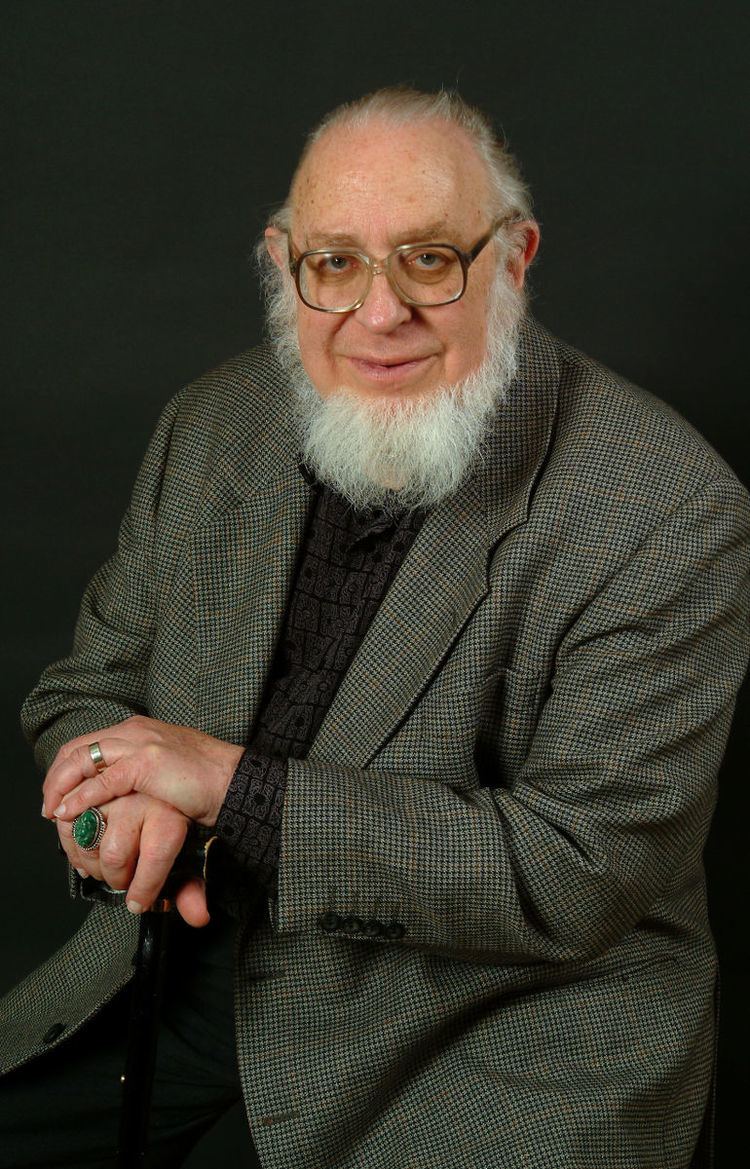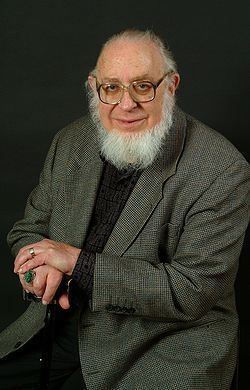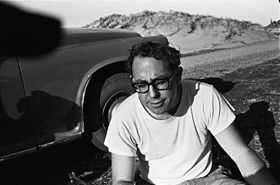Name Roger Green | ||
 | ||
Died October 4, 2009, Titirangi, Auckland, New Zealand Books Mangarevan Archaeology: Interpretations Using New Data and 40 Year Old Excavations to Establish a Sequence from 1200 to 1900 AD Education Harvard University, University of New Mexico | ||
Roger Curtis Green | Wikipedia audio article
Roger Curtis Green, ONZM (15 March 1932 – 4 October 2009) was an American born, New Zealand-based archaeologist, Professor Emeritus at The University of Auckland, and member of the National Academy of Sciences and Royal Society of New Zealand. He was awarded the Hector and Marsden Medals and was an Officer of the New Zealand Order of Merit for his contributions to the study of Pacific culture history.
Contents
- Roger Curtis Green Wikipedia audio article
- Early life and education
- Academic career
- Contributions
- Selected publications
- References

Early life and education

Roger Green was born in Ridgewood, New Jersey, and expressed an interest in archaeology at an early age. At sixteen, his family relocated to Albuquerque, New Mexico, where his interest in North American prehistory flourished.
Following a field season on Pueblo sites in the region under the tutelage of Frank Hibben, Green attended the University of New Mexico. While there, he undertook coursework in geology and linguistics in addition to anthropology, while at the same time being engaged in officers training. He was particularly influenced by the work of linguist Edward Sapir during this period, which likely contributed to his subsequent works in Polynesian linguistics. During this period, Green continued to work on local field projects, resulting in his first published works.
His talents were recognised early on by his professors at New Mexico, and before completing his Masters study there, Green was encouraged to enroll in a doctorate program at Harvard. While there he studied closely under Gordon Willey and Cora du Bois. It was also there that he was first introduced to Pacific prehistory by Douglas Oliver, who helped arrange a Fulbright fellowship that took him to New Zealand and on to conduct research in French Polynesia on the islands of Moorea and Mangareva. His PhD dissertation focused on the prehistoric sequence of the Auckland region.
Academic career
Following his doctoral work in the Pacific, Green replaced Jack Golson as a senior lecturer of Anthropology at The University of Auckland from 1961 to 1966. In 1966, he was promoted to associate professor, and worked for the next three years at the University of Hawaii at Mānoa. From 1970 to 1973, he worked on an extensive research project with Douglas Yen in the Solomon Islands funded by a Captain James Cook Fellowship, after which he returned to Auckland for the remainder of his teaching career. He retired from teaching in 1992, at which time he was made Professor Emeritus.
In addition to teaching at Auckland and Hawaii, Green periodically held active teaching and research positions at the American Museum of Natural History in New York, the Bernice P. Bishop Museum in Honolulu, and Te Whare Wānanga o Awanuiārangi in Whakatane, New Zealand. He also oversaw the funding of numerous research projects through the Green Foundation for Polynesian Research.
During his teaching career, Green taught a number of students who would later make significant contributions to New Zealand and Pacific archaeology, including Janet Davidson, Les Groube, Andrew Pawley, Lisa Matisoo-Smith.
Contributions
Green's earliest work was focused primarily on the Largo-Gallina phase of the Pueblo Native Americans. He conducted several excavations at various sites in New Mexico as part of academic and salvage projects.
In the Pacific, Green contributed to the individual culture histories of New Zealand, Hawaii, Samoa, Fiji, Tonga, Papua New Guinea, French Polynesia, the Solomon Islands, New Caledonia, and Easter Island. He worked extensively on the general prehistory of the Pacific, contributing to a myriad of topics including:
Among his methodological contributions, Green was well known for his work on obsidian dating and provenance, an invaluable tool in Pacific archaeology. Additionally, he made significant contributions to settlement pattern archaeology, particularly with his work in Moorea and Samoa.
The Green Foundation, established in 1984 by Green and his wife, Valerie, was an initiative which was started with diverted earnings from fee paying work Green was involved in. The Foundation supports multidisciplinary research in New Zealand and the Pacific.
